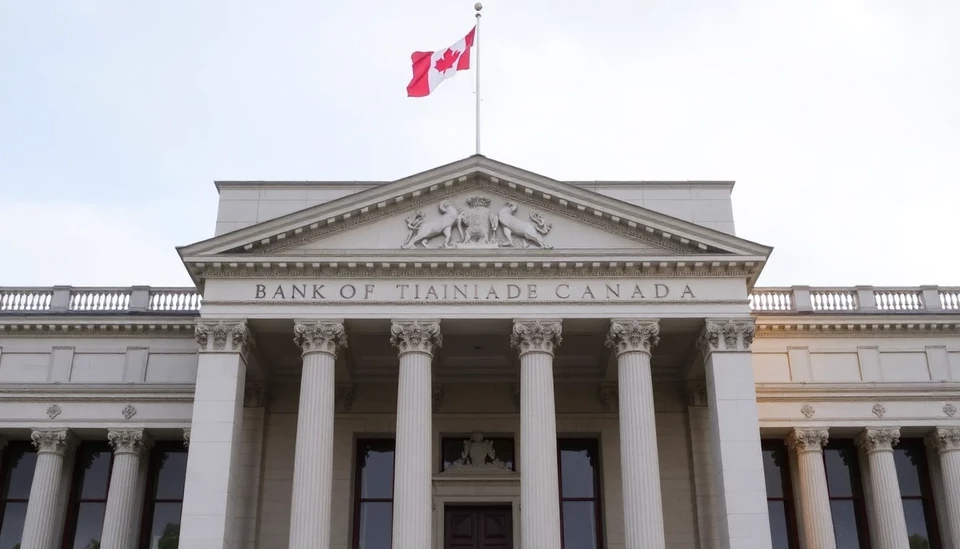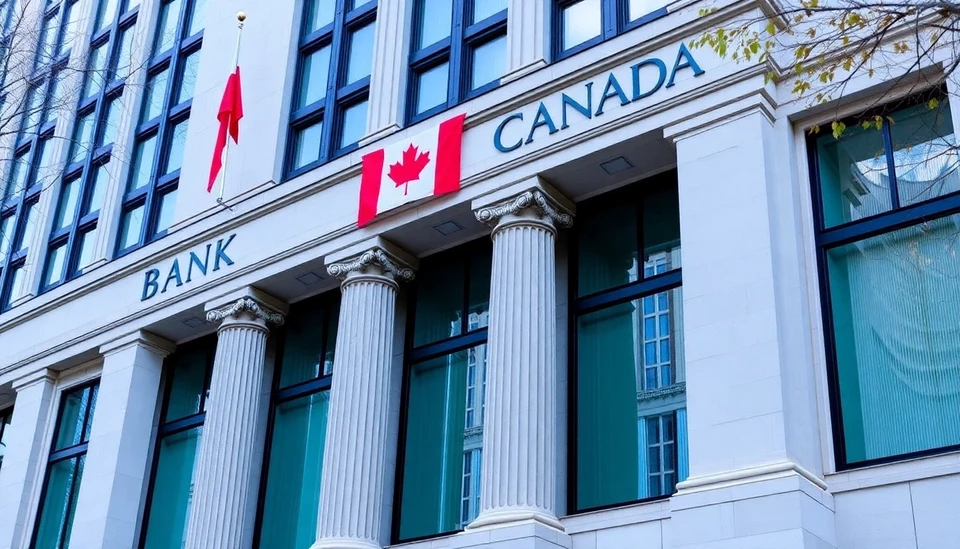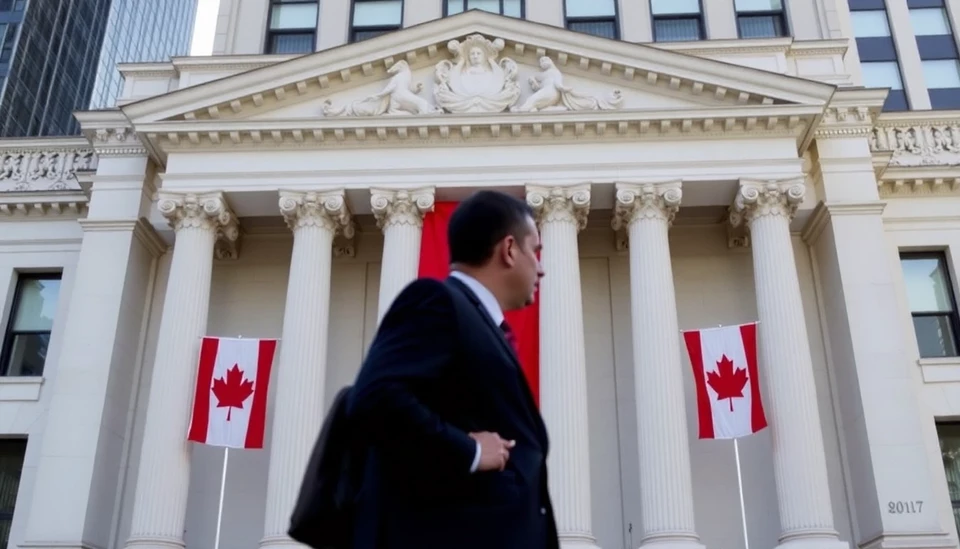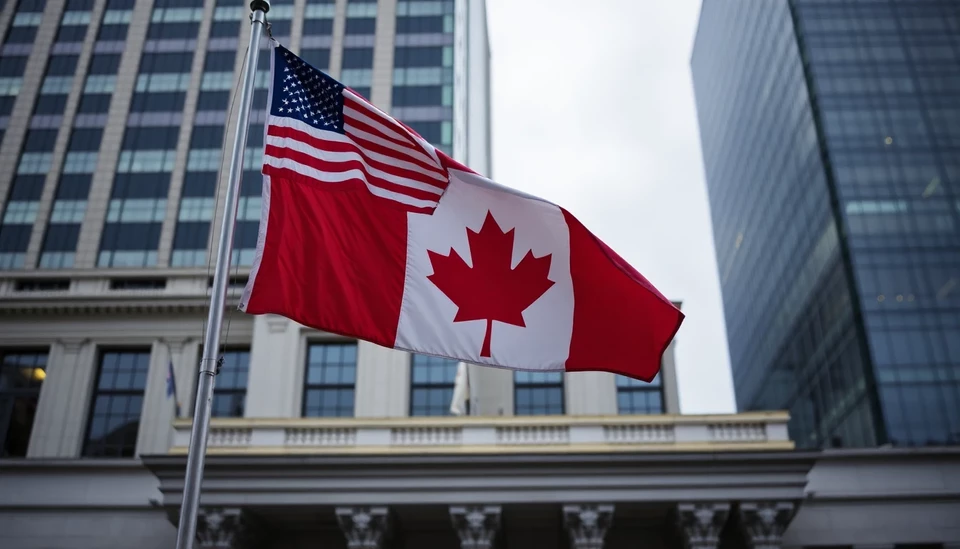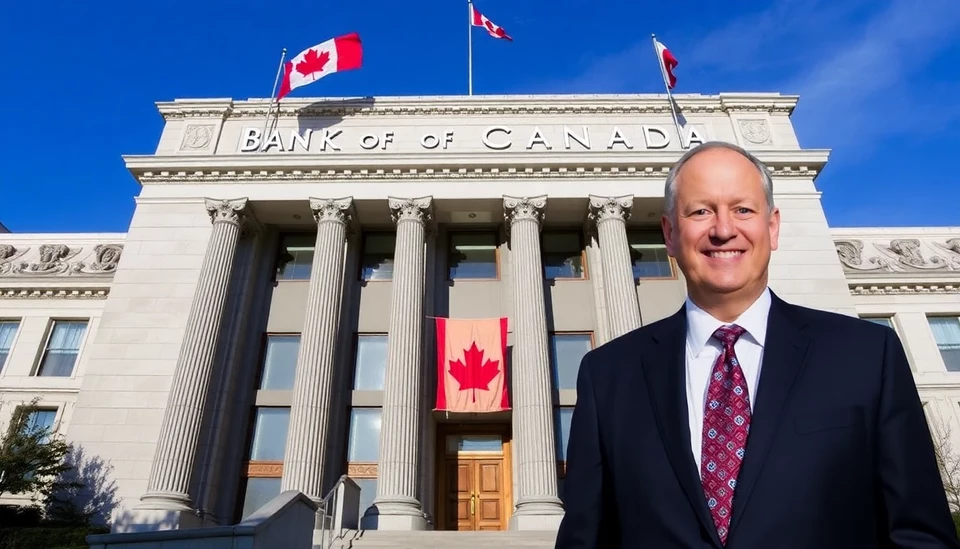
The Bank of Canada has recently taken a significant step in enhancing its rate-setting council by adding a second outsider to its ranks. This move is aimed at strengthening the decision-making process, fostering fresh perspectives, and adapting to the complexities of the evolving economic landscape.
As central banks worldwide face new challenges in monetary policy, the Bank of Canada is not just collecting insights from within but is also looking outward. The new appointee, a respected figure from the finance sector with a wealth of experience, is set to join the Monetary Policy Council. This is a crucial development as the council's role is pivotal in determining interest rates and responding to inflationary pressures.
The decision to include external voices comes as Canada navigates through a period of economic uncertainty and fluctuating inflation rates. By integrating insights from seasoned professionals who possess diverse backgrounds, the Bank aims to refine its strategies and ensure a more robust approach to managing Canada's monetary policy.
This is not the first time the Bank of Canada has opted for outside expertise; the addition of the second outsider highlights a growing trend among central banks to embrace diversity in thought and experience. The challenges posed by the current economic environment necessitate innovative approaches, and external members are expected to bring new ideas and methodologies to the table.
Furthermore, as the global economy continues to shift, having individuals from different sectors can provide a more comprehensive understanding of various market dynamics. This strategic addition signifies the Bank's commitment to advancing its policies in a way that reflects broader economic realities.
As the Bank gears up for its next monetary policy meeting, stakeholders and market analysts will keenly observe how these new voices will influence deliberations and outcomes. The integration of external perspectives may lead to a significant evolution in the council's decision-making process, fostering a more adaptive and responsive approach to monetary policy in Canada.
The inclusion of a second outsider in the rate-setting council is not just a change in personnel; it underscores a paradigm shift in central banking as institutions seek to expand their horizons and embrace a broader range of insights. This progressive strategy could serve as a model for other central banks looking to enhance their own decision-making frameworks in an increasingly complex global economy.
With this pivotal change, the Bank of Canada is clearly positioning itself at the forefront of modern monetary policy, ensuring it remains agile and equipped to tackle the challenges ahead.
#BankOfCanada #MonetaryPolicy #Finance #EconomicInsights #InterestRates #CentralBank #FinancialSector #EconomicTrends
Author: Rachel Greene
